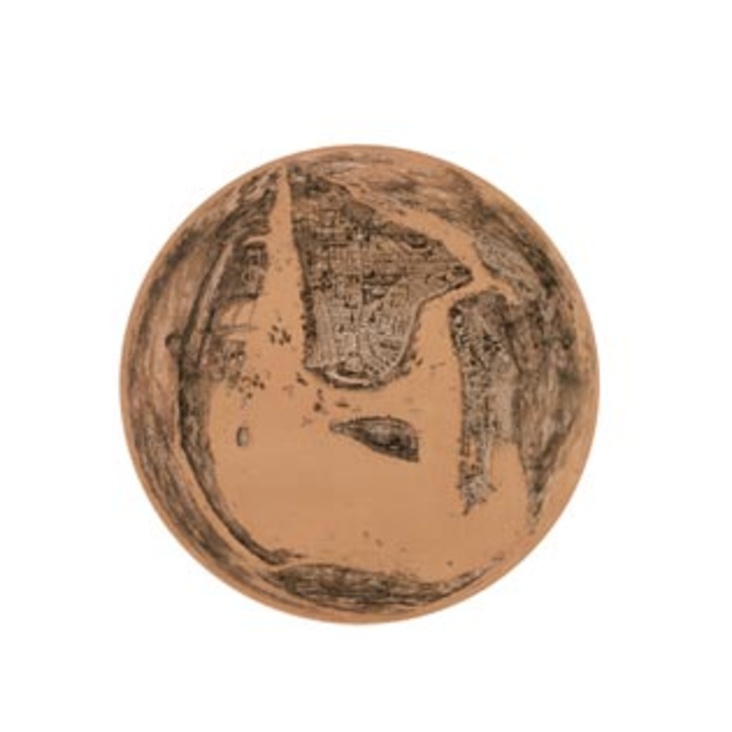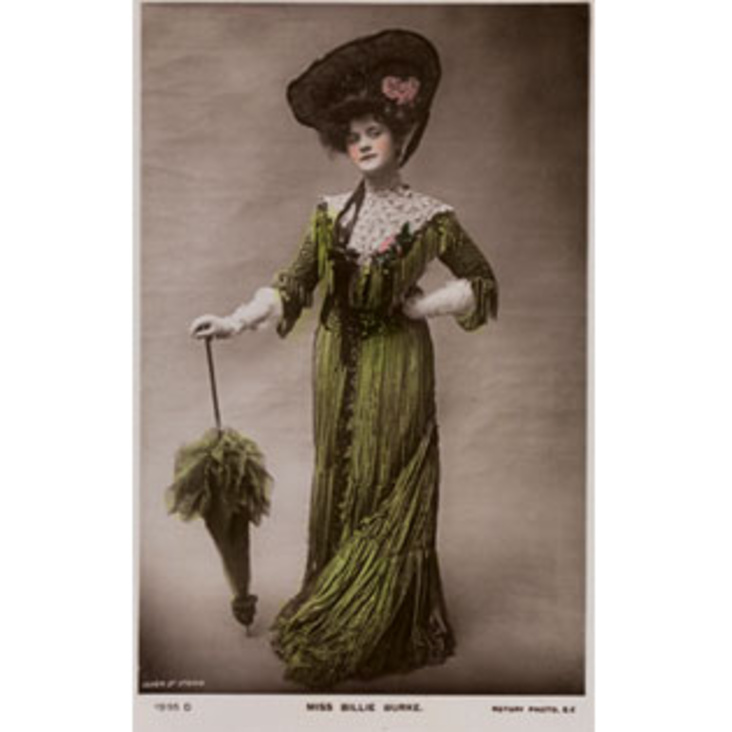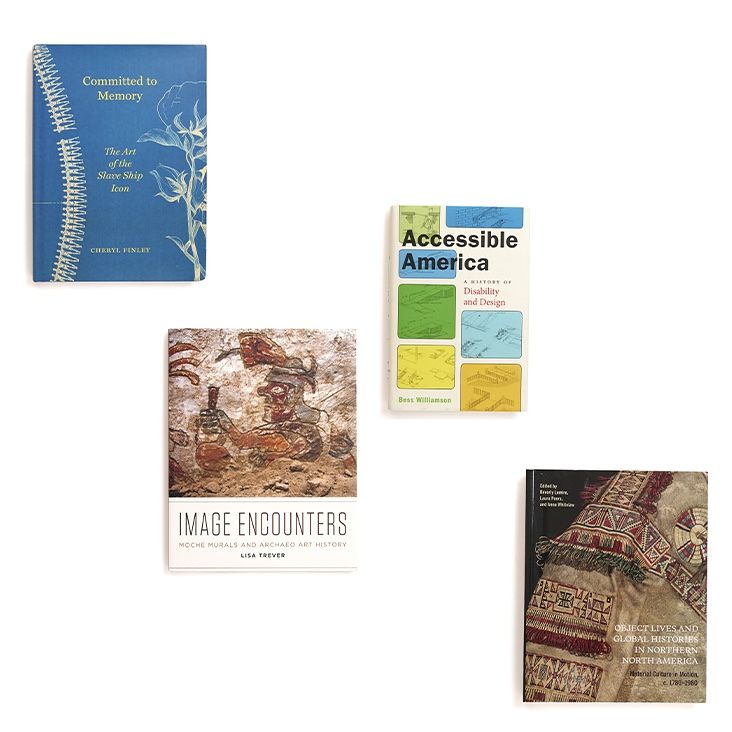Unknown maker, Sitka Tlingit
Moose hide, Chinese coins, sinew, wood
30 1/3 x 21 1/4 in. (77 x 54 cm)
Collected by George T. Emmons in 1894
American Museum of Natural History E/454
This sleeveless moose hide armor (x’áan yinaa.át) is covered with Chinese coins, which were used as
currency during the Qing dynasty. Most were minted in the Shunzhi (1644–62),
Kangxi (1662–1723), and Yongzheng (1723–36) eras, as identifiable by their reign
marks.1 While many sources attribute the coastal presence of Chinese coins to
maritime merchants or fur traders, there are also stories among the Northern
Tlingit of having received goods from around the Pacific prior to or
independent of the arrival of Europeans.2 Tlingit armor occasionally
featured geometric decoration, crest imagery, or naturalistic depictions of
spirits that would identify the warrior while surprising and scaring the
enemy.3 Sewn to this example with sinew, the coins are arranged in a
chevron pattern reminiscent of the rib motif featured on many valuable copper
shields, a parallel reinforced by the similar color and material of the coins.
Unlike the silver coins that were routinely transformed into bracelets bearing
crest imagery (see cat. 23), these were maintained in their original form. They
were probably understood by the Tlingit as items of wealth from a foreign land,
which would have been desirable in both ceremonial and military displays.
Coins embodied wealth not only through their economic value, but also because they represented success in trade. Comparable objects decorated with Chinese coins suggest the additional practical and symbolic significance of the material. The Tlingit and their neighbors used these coins for decoration in place of or in combination with other valued materials, like noise-making puffin beaks or silver medallions. The Tlingit hide shirt in figure IIa signals multiple cultural relations: it features additional English brass buttons and it fastens in the front, like a British officer’s jacket (see photo, cat. III), instead of on the side, like most Tlingit hide armor. The Chinese coins on the Gitk’san dancing cape shown in figure IIb were attached to the loose ends of fringe so that they would make noise when the wearer moved. When used to decorate Tlingit masks, Chinese coins occasionally replaced the valuable and reflective abalone shells that made eyes glisten in the firelight.4
The Tlingit had been trading and warring with other tribes for centuries before contact with Russians and Europeans, and they were known to be highly skilled at both activities. Unlike the Russians, who battled with the Tlingit over territory, British and American marine traders were willing to provide the Tlingit with weapons in exchange for sea otter pelts, which were then traded in China for tea, silk, and porcelain.5 Scholars have sometimes claimed that the application of Chinese coins may have been an attempt on the part of the Tlingit to bulletproof their armor after the introduction of firearms. Russian battle accounts in 1792 attest to the power of such garb, at least in psychological warfare; some survivors wrote that their bullets were useless against Tlingit armor.6
Yet this particular armor, while showing signs of wear, bears no damage that would have definitively been caused by bullets or other weapons.7 The chevron pattern leaves vulnerable spots of the chest unprotected, calling into question its utility in battle. Ceremonial use of this armor in war reenactments or during potlatches might explain its signs of use given the lack of battle damage. War imagery was an integral part of the Tlingit potlatch, in which the host chief would give valuable objects to his competitors as a gesture of rivalry. Peace ceremonies held during the potlatch also contained mock battles, and it was important for potlatch hosts to appear as the “losing” warriors to show that they could transfer their wealth to the guests. Ultimately, the host’s symbolic capital would accumulate as he destroyed or gave away more of his possessions.8 In addition, during the period of the maritime fur trade, some arguments between Tlingit families or clans could be decided through single combat. The champions would be outfitted in special armor and given a weapon, the subsequent duel was accompanied by dance and song, and the loser was left bleeding (but alive) on the field—the quarrel settled. These ceremonial battles would alleviate tensions in communities by supplying a resolution to conflicts with minimal death and material loss.9
The physical weight of the armor itself, increased with the addition of numerous metal coins, also could have held significance. The bodies of aristocratic Tlingit were covered with jewelry and valuable heavy clothing to signify physical contact with wealth and control over the body as well as over decision making (see hair ornament, cat. I).10 The Tlingit warrior who wore this tunic would have been a formidable sight while fighting or participating in potlatches precisely because of his increased heaviness and his display of wealth acquired in trade, both materialized and symbolized by the Chinese coins. [Rebecca Mir]
Selected Exhibitions and Publications:
“Tlingit Armor,” Treasures (online exhibit). American Museum of Natural History.
[2] Harold Jacobs, personal communication.
[3] Helmets were almost always decorated. Some wooden rod-and-slat chest armor and hide armor featured painted crest and spirit images. For more information about Tlingit warriors and their armor, see George Emmons and Frederica de Laguna, The Tlingit Indians (Seattle: University of Washington Press, 1991), 342–51; Steve Henrikson, “Tlingit Warriors and their Armor,” in Anóoshi Lingít Aaní Ká; Russians in Tlingit America: The Battles of Sitka, 1802 and 1804, ed. Nora Marks Dauenhauer et al., (Seattle: University of Washington Press, 2008), 392. On the use of art and decoration in psychological warfare, see Alfred Gell, “The Technology of Enchantment and the Enchantment of Technology,” in Anthropology, Art and Aesthetics, ed. J. Coote and A. Shelton (Oxford: Clarendon, 1992), 40–66.
[4] One such Tlingit shaman’s mask is in the collection of the National Museum of Natural History, cat. no. 76855. It is illustrated in Alan Wardwell, Tangible Visions: Northwest Coast Indian Shamanism and its Art (New York: The Monacelli Press, 1996), 76, which also includes many masks with abalone inlay for eyes.
[5] For more information about the items exchanged and produced during the fur trade, see Thomas Vaughan and Bill Holm, Soft Gold: The Fur Trade & Cultural Exchange on the Northwest Coast of America, (Oregon Historical Society Press, 1990), 13–14; Steven C. Brown, ed., Spirits of the Water (Seattle: University of Washington Press, 2000); and Mary Mallory, Souvenirs of the Fur Trade (Cambridge: Peabody Museum Press, 2000). Steve Henrikson (personal communication) suggests that British and American traders may have been trying to strategically undermine their Russian commercial rivals by arming the Tlingit.
[6] This possibility has been suggested, for instance, by Henrikson, “Tlingit Warriors,” 394, and Elizabeth von Aderkas and Christa Hook, American Indians of the Pacific Northwest (Oxford: Osprey Publishing, 2005), 45. For the Russian battle account, see the letter from Aleksander Baranov to G.I. Shelikhov, July 24, 1793, reprinted in Dauenhauer et al., Anóoshi Lingít Aaní Ká, 56. Although the Russians were obviously impressed with the military prowess of their enemy, it is more likely that the Tlingit would have worn extra protective layers of wood or hide, or that the Russians were unable to load and fire their weapons adequately. For example, the smoothbore musket used by Russians and Europeans during the eighteenth and nineteenth centuries was notoriously unreliable and inaccurate; Robin Fisher, Contact and Conflict: Indian-European Relations in British Columbia, 1774–1890, (Vancouver: University of British Columbia Press, 1977), 16.
[7] Most of the known Chinese coin-covered Tlingit armor bears no damage beyond the outer layer of hide. The AMNH conservation records for this armor indicate that it has small cuts in the hide, but it is uncertain if arrows or daggers caused this damage. One tunic, at the Field Museum in Chicago, has Chinese coins overlapping on top of each other, which would be a more protective pattern, but could have also been made to produce noise during a ceremony. Another Tlingit tunic at the National Museum of Natural History (NMNH) is sparingly decorated with Chinese coins in addition to shark teeth (both real and carved from bone). Tlingit George Ramos said in 2005 that because of its ornamentation, the NMNH tunic was probably used for dancing or could have been a commander’s leather armor (“Tunic,” Alaska Native Collections, National Museum of Natural History, Smithsonian Institution, online collection).
[8] Sergei Kan writes that the use of war imagery during the potlatch was a symbolic expression of the conflicts that the potlatch was aimed at overcoming; Sergei Kan, Symbolic Immortality, (Washington DC: Smithsonian Institution Press, 1993), 224. See also Beau Dick’s commentary on the ammunition case in this exhibition (cat. 12).
[9] Described by Holmberg in 1855; printed in Emmons and de Laguna, The Tlingit Indians, 329.
[10] Sergei Kan (Symbolic Immortality, 89-91) points out that Tlingit aristocrats were referred to by the word yadaal, “heavy,” connoting both moral and cultural worth.















